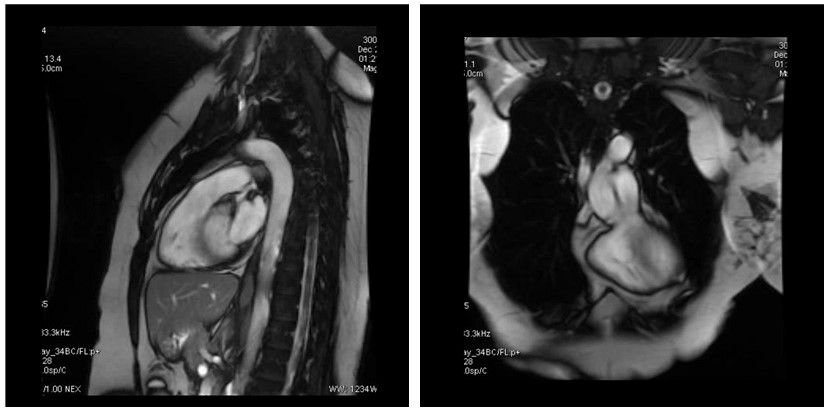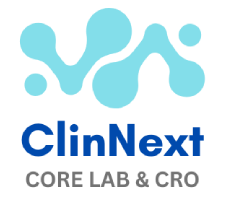
MRI Core Laboratory
ClinNext MRI core lab is a cardiovascular image analysis center which provides its services for scientific research investigations and sponsor in clinical trials with imaging endpoints in accordance with the MHRA Safety Guidelines. Magnetic resonance imaging (MRI) is a technique that uses a magnetic field and radio waves to create detailed images of the organs and tissues within your body. Cardiac MRI imaging provides the highest degree of reproducibility for measuring LV function and area systolic wall thickening. In the context of acute myocardial infarction and heart failure therapy, cardiac magnetic resonance imaging (MRI) has developed into a complete tool to study the correlations between left ventricular (LV) function, the area-at-risk, and the final infarct size. ClinNext provides its state-of-the-art expertise in qualitative and quantitative interpretation of MRI imaging of heart and blood vessels for the following.
- Cardiac right ventricular function (areas, volumes, ejection fraction)
- Cardiac left ventricular size, mass and function (areas, volumes, ejection fraction)
- Evaluation of valvular stenosis and valvular regurgitation
- Evaluation of myocardial infarct mass, size, and transmural infarct extent
- Evaluation of myocardial infarction tissue characterization (peri-infarct region, microvascular obstruction)
- Assessment of myocardial and liver iron content
- Assessment of congenital cardiac problem you have experienced since birth.
- Late gadolinium enhancement (LGE) and T1 mapping allow infarction and fibrosis to be identified for characterizing cardiomyopathy and assessing viability
- Quantification of cardiovascular shunt
- Assessment of abnormality of thoracic aorta.
- Magnetic field strength: The strength of the magnetic field used in the scan. Higher field strengths can result in higher-resolution images, but also increase the risk of certain complications.
- Pulse sequence: The sequence of radiofrequency pulses used to acquire the images. Different pulse sequences can be used to optimize the image for different types of tissue.
- Flip angle: The angle at which the radiofrequency pulse is applied. This can be adjusted to optimize the signal-to-noise ratio in the image.
- Repetition time (TR): The time between successive radiofrequency pulses. This can be adjusted to optimize the image for different types of tissue.
- Echo time (TE): The time between the radiofrequency pulse and the point at which the signal is measured. This can be adjusted to optimize the image for different types of tissue.
- Field of view: The area of the body being imaged.
- Matrix size: The number of pixels in the image.
- Slice thickness: The thickness of the slices being imaged.
- Contrast agent: Some MRI scans use a contrast agent to highlight certain areas of the body, such as tumors or blood vessels.
- Patient positioning: The position of the patient during the scan can affect the quality of the images.

